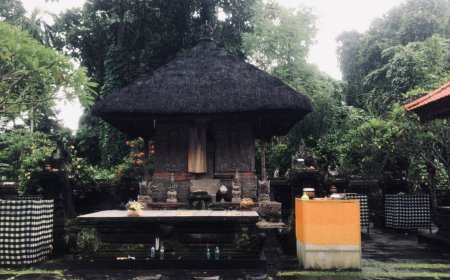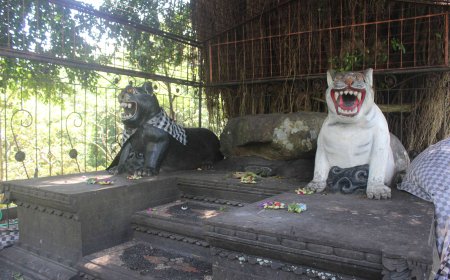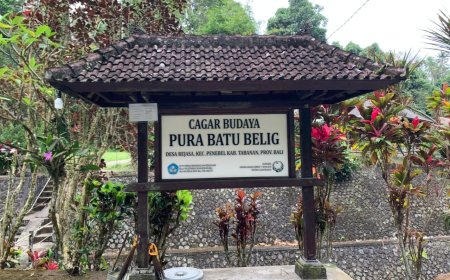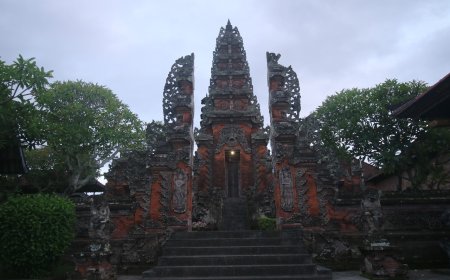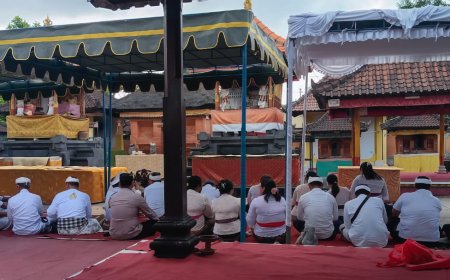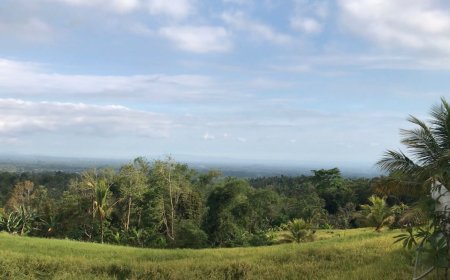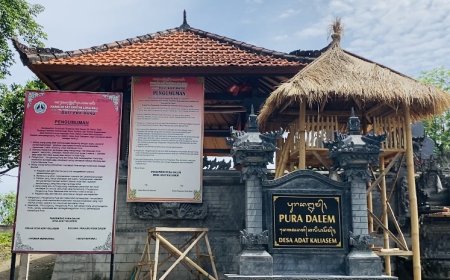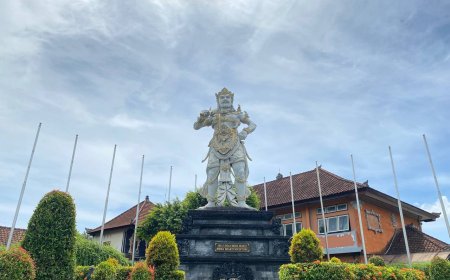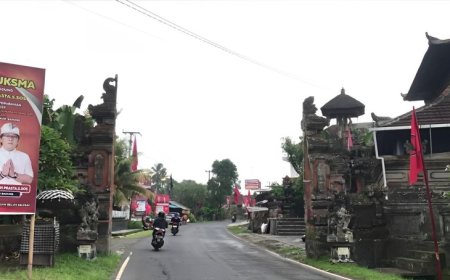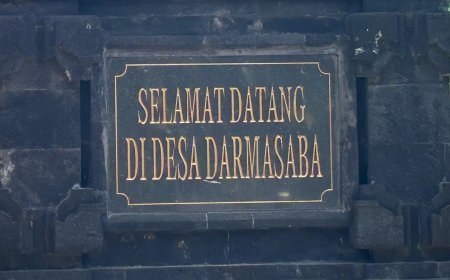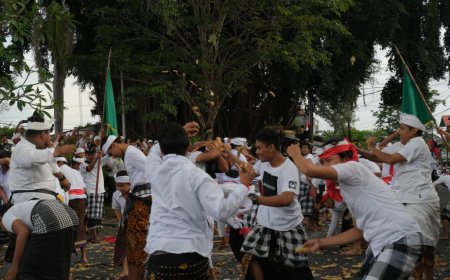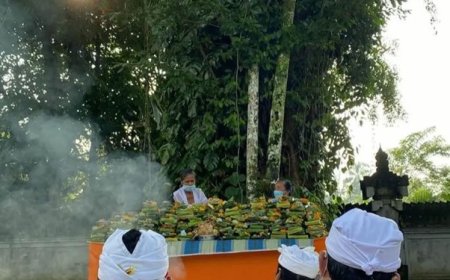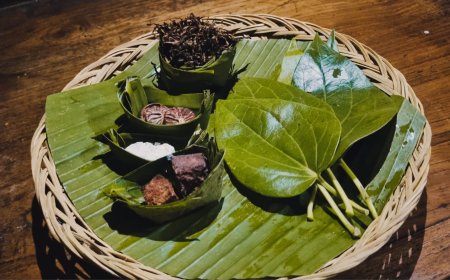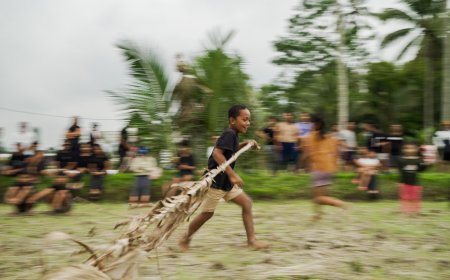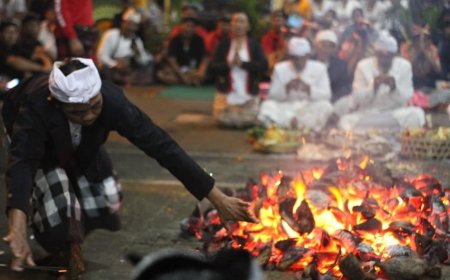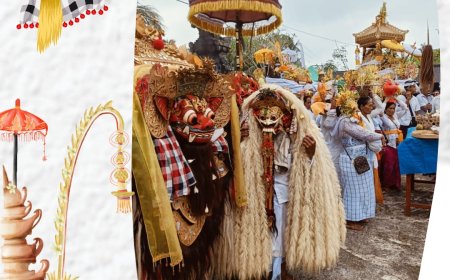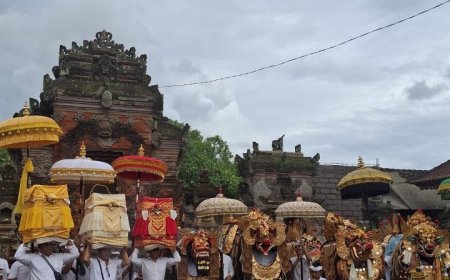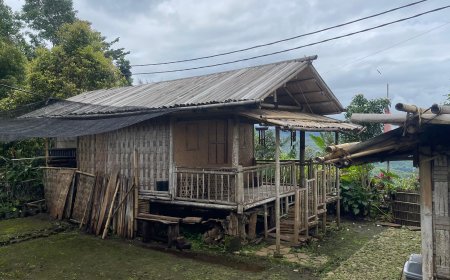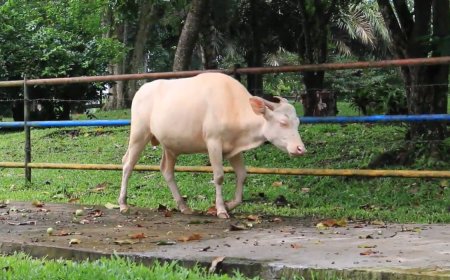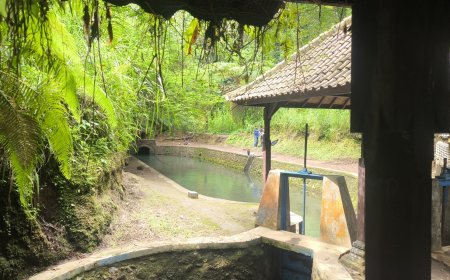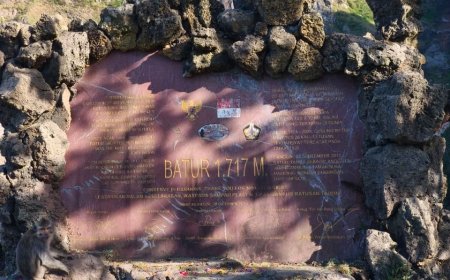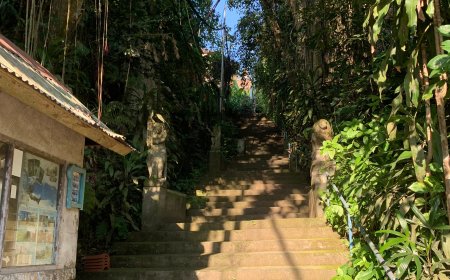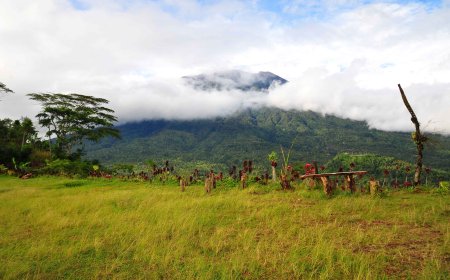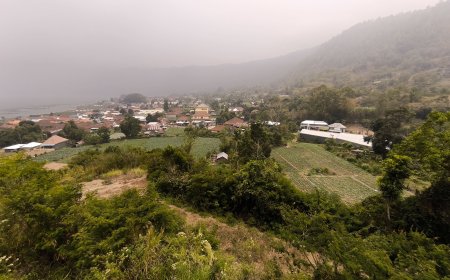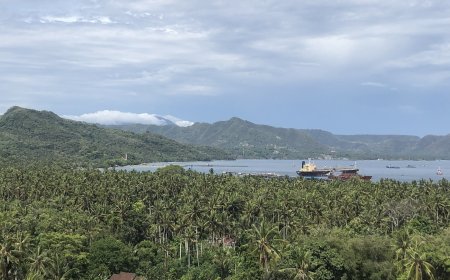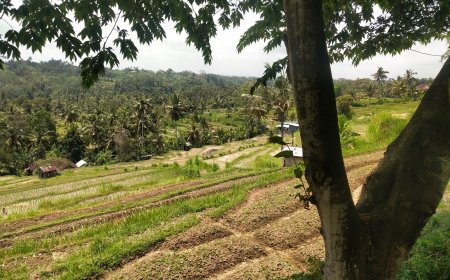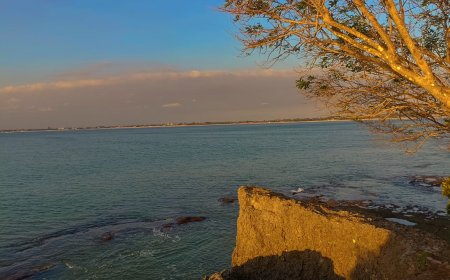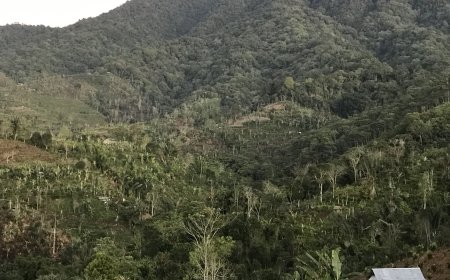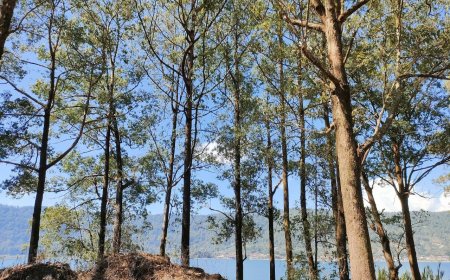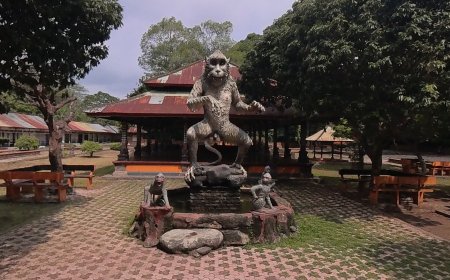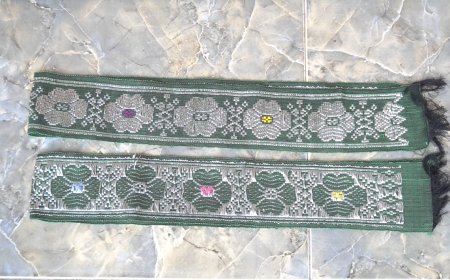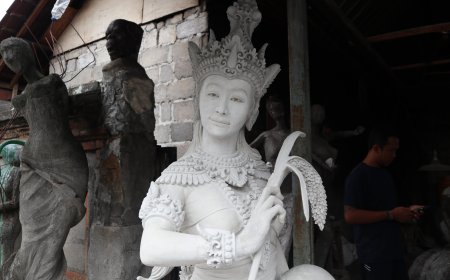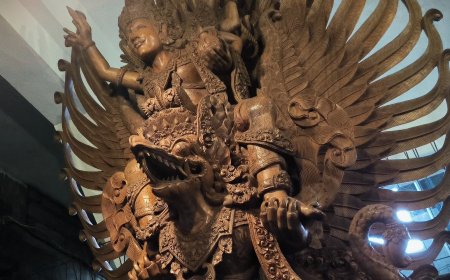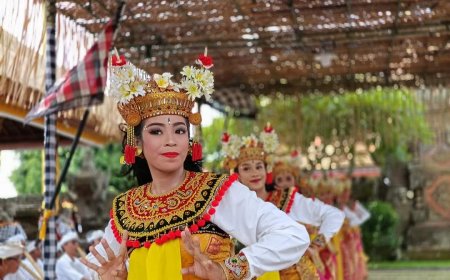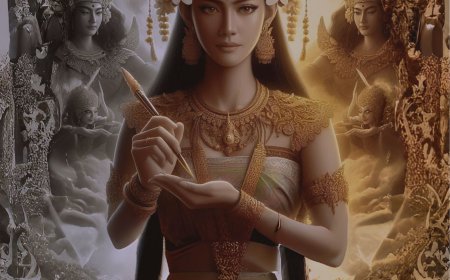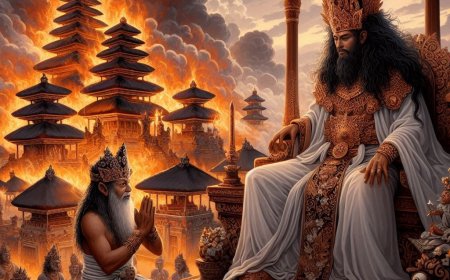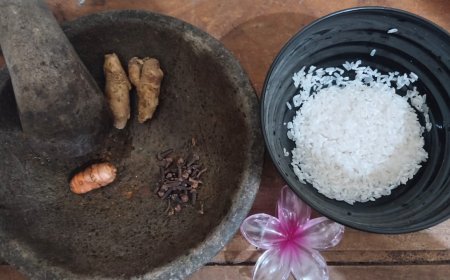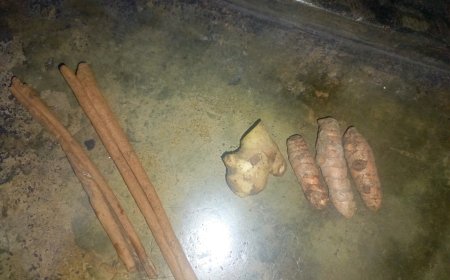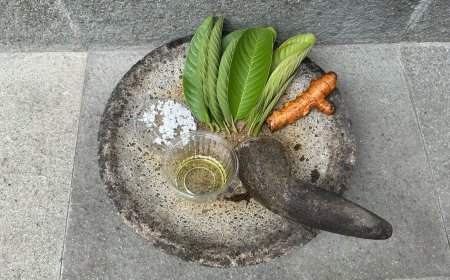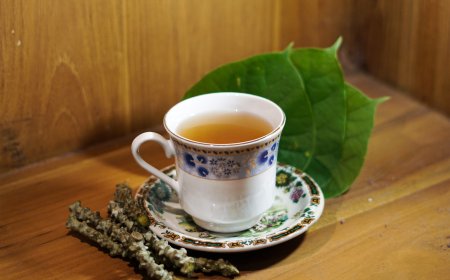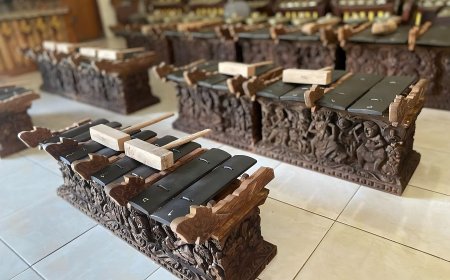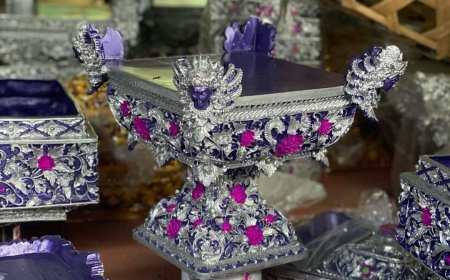Topeng Sidakarya: The Curse of Brahmana Keling
Topeng Sidakarya is one of Bali's cultural legacies rich in spiritual and historical values, rooted in the story of the curse of Brahmana Keling. This mask dance is not only used in religious ceremonies but also contains profound symbolism reflecting the balance between good and evil. Through this meaningful performance, Balinese Hindus are taught the importance of purity, self-control, and a harmonious relationship with the universe.
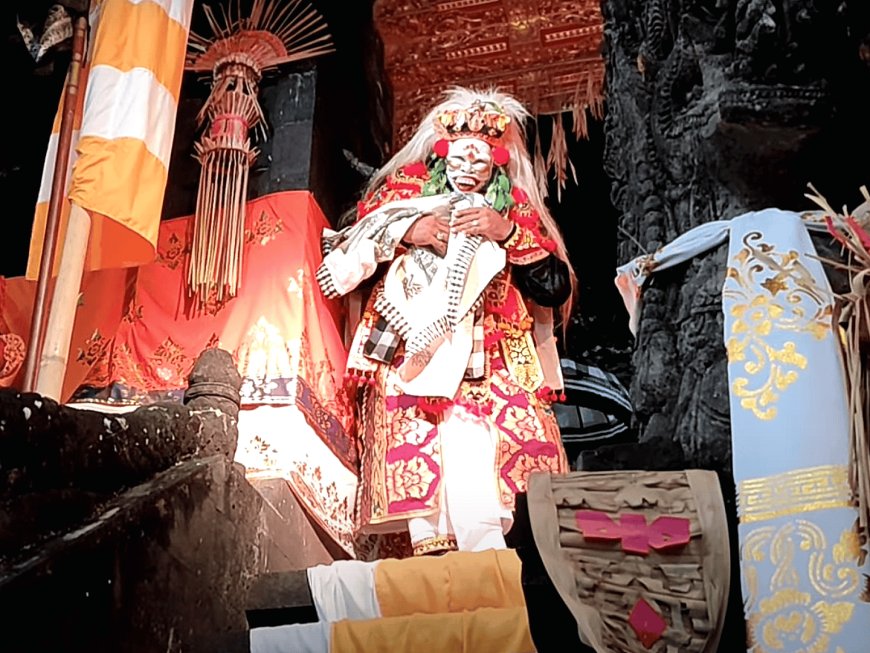
Topeng Sidakarya is a sacred performing art from Bali that was included in the UNESCO Intangible Cultural Heritage of Indonesia list in 2015. The name "Topeng Sidakarya" consists of the words "topeng" meaning mask and "Sidakarya," which means achieving a goal or completing a task. Therefore, Topeng Sidakarya symbolizes the success in accomplishing a task or work well. Today, this dance is part of the Yadnya ceremonies in Bali, where the Sidakarya dance is always performed before the worship ceremony to ensure the smoothness and safety of the ritual. At the end of the performance, the dancers scatter coins and yellow rice as a symbol of blessings for perfection and prosperity.
The written source that uncovers the history of Dalem Sidakarya is the Bebali Sidakarya manuscript, a collection of Ida Pedanda Gede Nyoman Gunung from Biau, and the Babad Sidakarya, written by I Nyoman Kantun, S.H., M.H., and Drs. I Ketut Yadnya. According to these sources, in a village in Keling, East Java, there was a renowned priest with the "Liberation of the Soul" knowledge known as Brahmana Keling. Brahmana Keling was the son of Dang Hyang Kayumanis, the grandson of Empu Candra, and the great-grandson of Empu Beradah, belonging to an honorable Brahmana family. He established a hermitage on the slopes of Mount Bromo and then went to Bali after hearing from his father that King Dalem Waturenggong, who ruled the Gelgel Palace, was in Pura Besakih preparing for a ceremony. Upon arriving at Pura Besakih, Brahmana Keling was met with doubt by the temple attendants, who did not immediately recognize him as the king's brother.
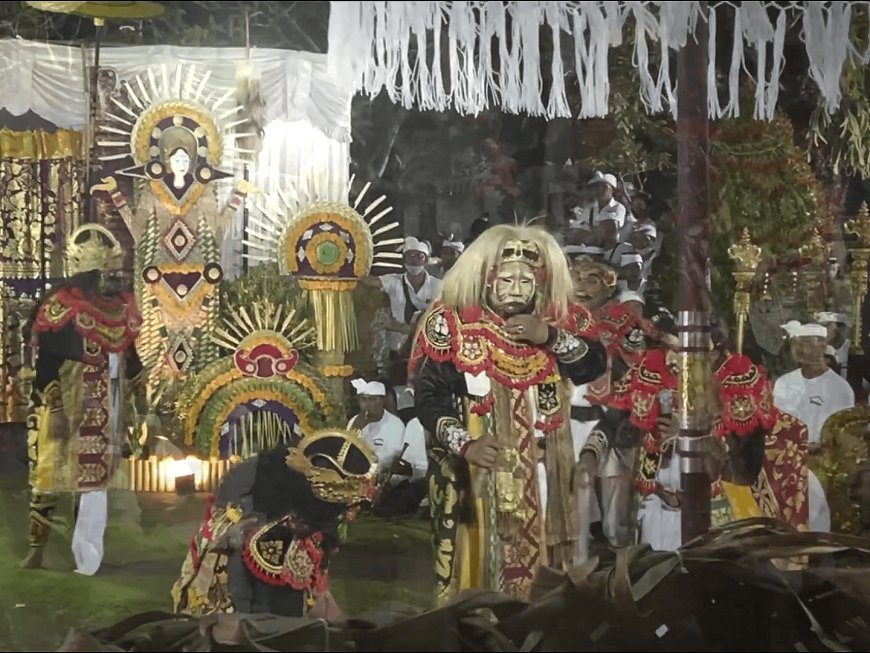
Brahmana Keling ( Source: Personal Collection )
Brahmana Keling, who was not acknowledged by the royal attendants, entered Pura Besakih and rested in the shrine due to exhaustion. When King Waturenggong arrived and saw him in tattered clothing, he mistakenly thought Brahmana Keling was a madman and had him expelled. Feeling disrespected, Brahmana Keling uttered a curse: "Wastu tata astu, karya yang dilaksanakan tan sidakarya (not successful), bumi kekeringan, rakyat kekeringan, sarwa gumatat-gumititi ngrubeda," before leaving Pura Besakih and heading towards Desa Sidakarya.
Not long after the curse was spoken, Bali was struck by plagues and pests. Dang Hyang Nirarta, who tried to perform a ceremony to seek safety, was unsuccessful. Feeling guilty for expelling his brother, King Waturenggong meditated and received guidance that only Brahmana Keling could restore the situation. The people were then sent to find Brahmana Keling, and he was eventually located in Bandanda Negara, now known as Desa Sidakarya. Brahmana Keling agreed to restore the situation to its previous state.
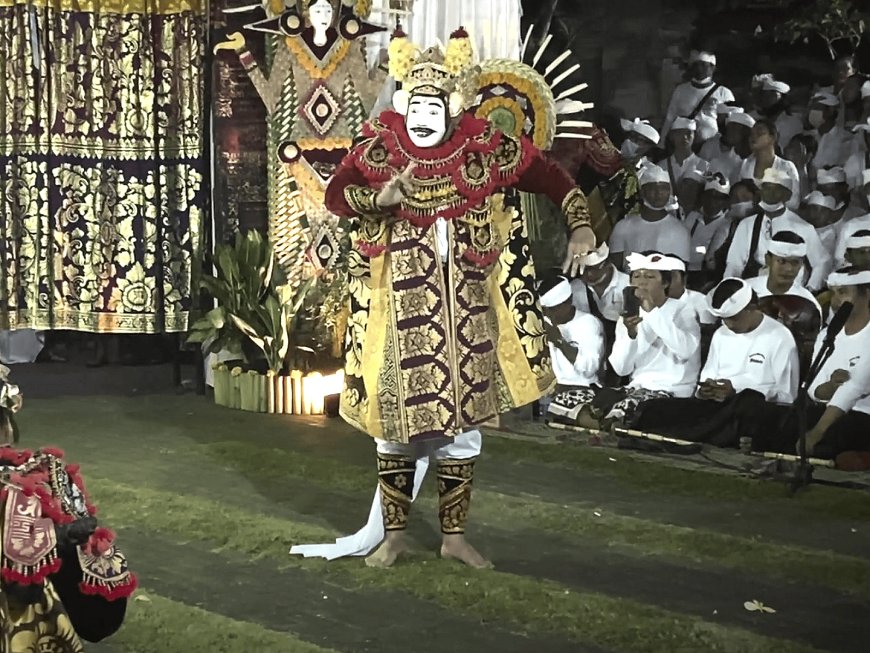
Ida Ratu Dalem Waturenggong ( Source: Personal Collection )
To commemorate the services of Brahmana Keling, known as Dalem Sidakarya, Dalem Waturenggong ordered the construction of Pura Dalem Sidakarya in 1518 AD. Since then, Hindu worshippers in Bali are required to seek "tirta penyida karya" (holy water for success in ceremonies) at Pura Dalem Sidakarya to ensure the success of their rituals. Additionally, every religious ceremony in Bali is accompanied by a performance of Topeng Sidakarya as part of honoring and completing significant Hindu rituals.
Topeng Sidakarya Characters
The Topeng Sidakarya dance features various distinctive mask characters, each carrying its own philosophical meaning.
-
White Mask
The white mask symbolizes that Dalem Sidakarya is a holy person. White is also considered symbolic of deities and Brahmanas. -
Narrow Eyes Mask
The narrow eyes symbolize self-reflection and attentiveness to the surroundings. In yoga, narrow eyes also represent control and mental concentration. -
Fierce Teeth Mask
This mask looks frightening, and at first, one might think it has a bad meaning. However, the fierce teeth mask symbolizes simplicity. -
Half-Demonic Face Mask
This mask represents Rwa Bhineda, the duality of existence. Both characters must be balanced, as the demonic/violent nature can be transformed into human traits. -
Long Hair Mask
Long hair is interpreted as a symbol of being free, while white hair signifies purity.
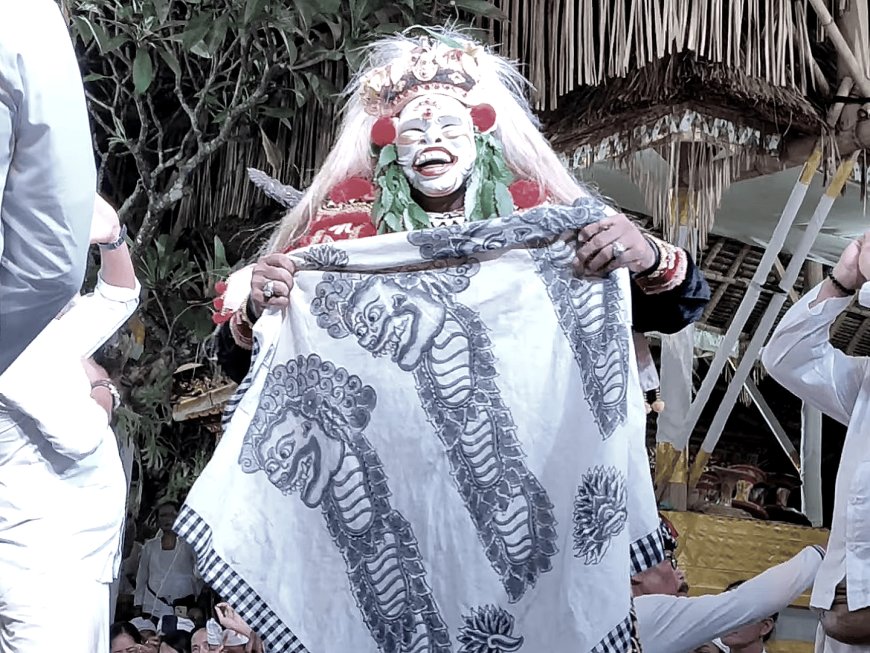
Ida Bhatara Dalem ( Source: Personal Collection )
The Topeng Sidakarya Dance serves not only as a medium to remember the history and tragedy of Brahmana Keling but also as a spiritual tool in the daily lives of Hindus in Bali. Through this performance, the Balinese community can reflect on the balance between spiritual power and human values, while maintaining a harmonious relationship with nature and one another.
